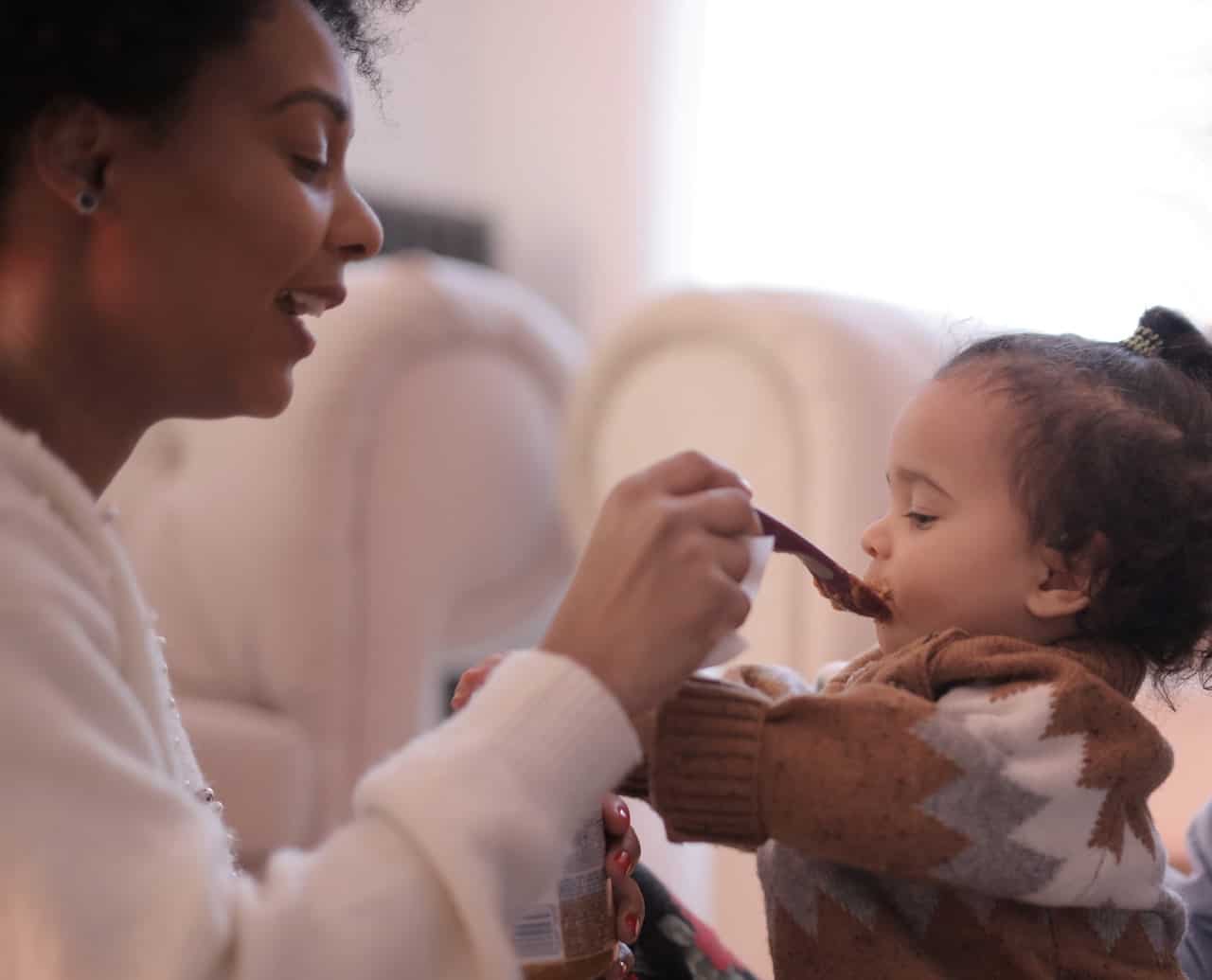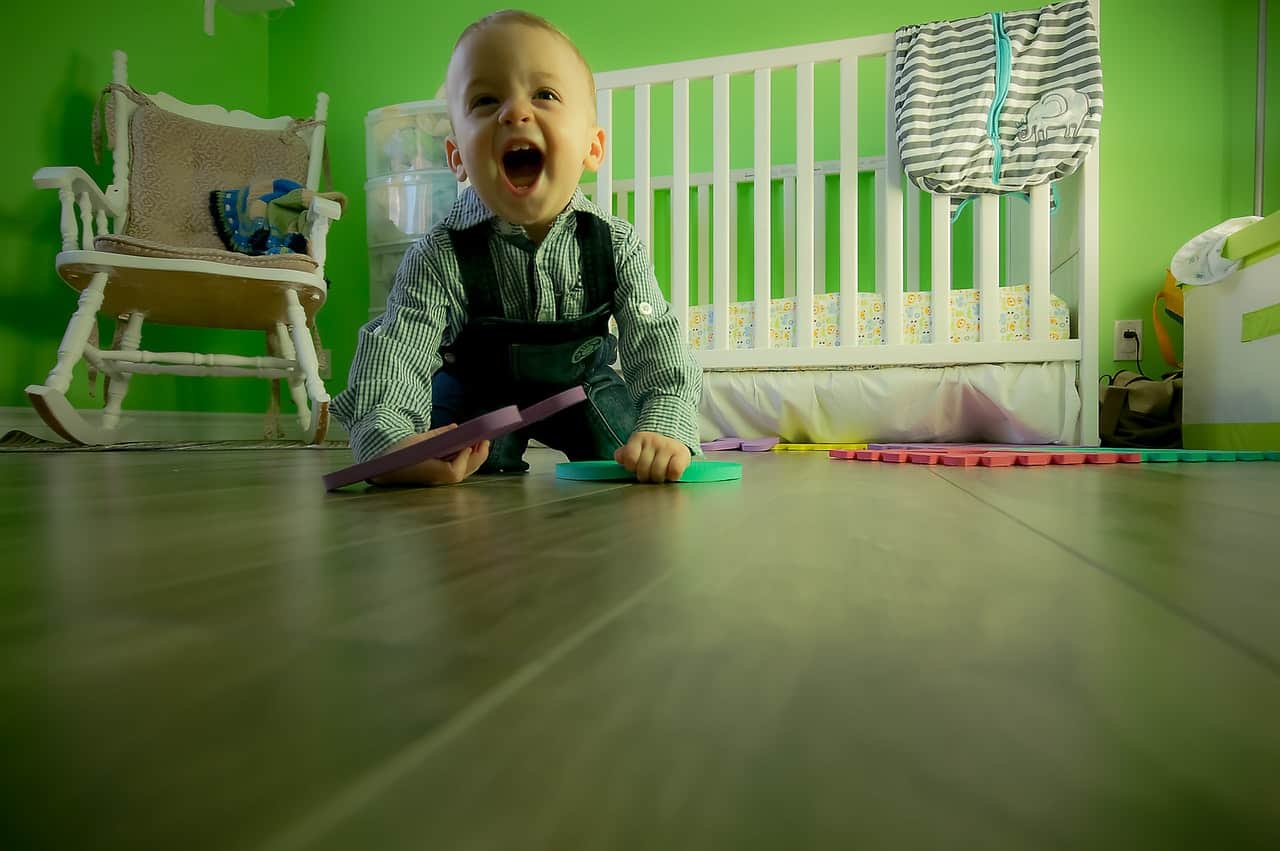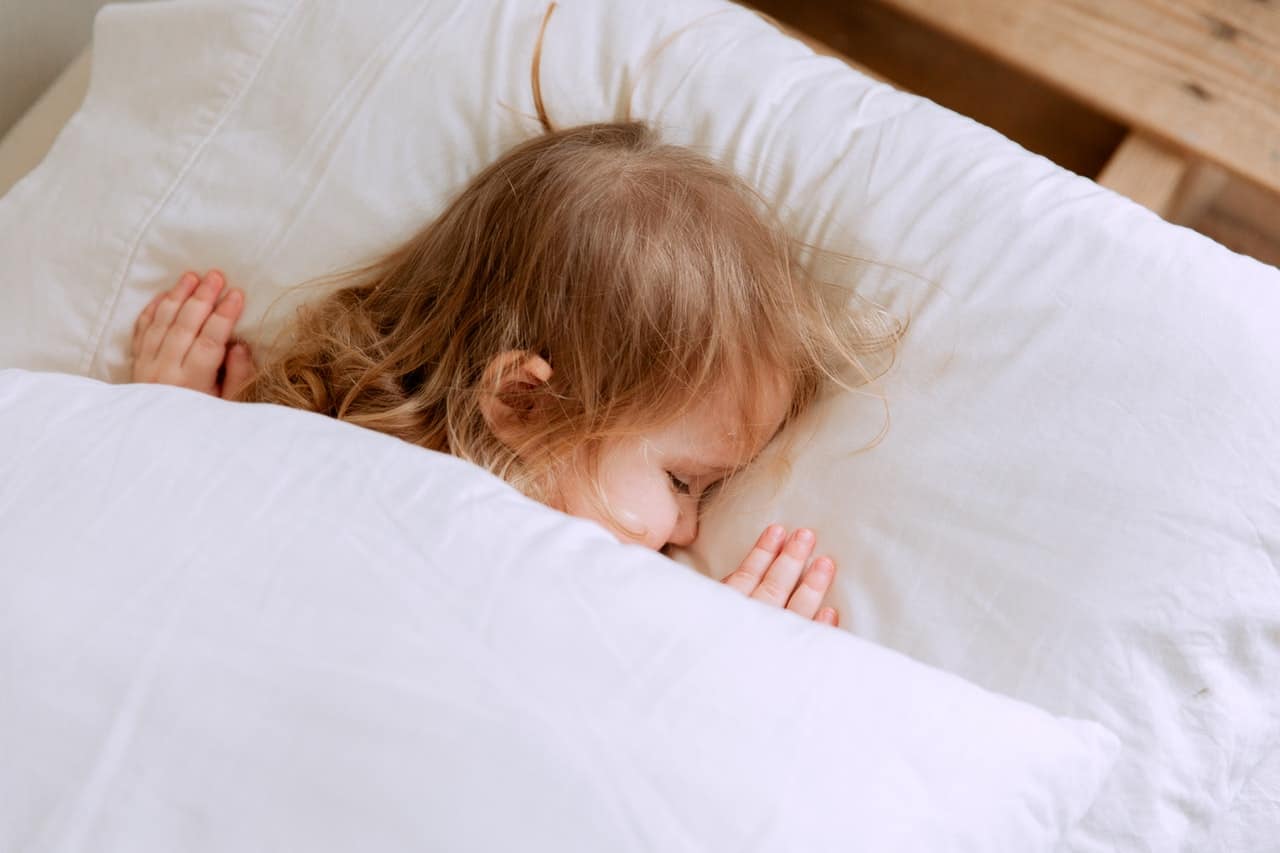At age 3 years, children develop a lot of new skills – longer sentences, concepts of time, shapes and colors, more independence, stronger memory, emotional development. Temper tantrums are common because they are unable to express into words “bigger” emotions and frustrations. With the chaos a toddler can cause in any household, it is important to provide structure, familiarity, and regularity throughout the day.
A routine chart helps show a series of activities that must be followed at roughly the same time each day. For a toddler who is 3 years old, an effective daily routine chart looks something like this:
| · 7 AM | Wake up and Breakfast |
| · 8 AM | Morning activity |
| · 10 AM | Daily outing or Indoor activities |
| · 12 PM | Lunch |
| · 1 PM | Nap time or Quiet time |
| · 3 PM | Outdoor play |
| · 5 PM | Dinner |
| · 6 PM | Bath and Bedtime routine |
| · 7 PM | Bedtime |
This article will talk about daily routines for a 3-year-old child. It will discuss the benefits of having these schedules, what an effective daily routine looks like, and tips on how to create and maintain these routines.
Benefits of a Daily Routine For Your 3-Year-Old

Children are bound to get messy and naughty just to get their parents’ attention. Having a structured routine at home teaches these children where to put their energy at specific times of the day. It helps them become more cooperative and well-mannered.
A daily routine is strived for by a lot of parents because it brings harmony inside the home. It provides toddlers a feeling of security, knowing that they can expect what will happen next. Planning out the rest of the activities for the day also ensures enough time for sleep and rest, which in turn leads to fewer meltdowns and healthier brains.
How to Create a Daily Routine For 3 Year Olds

An effective routine is one that will fit the needs of your child. It is important to consider the following when trying to schedule daily activities:
- Wake-up, nap, and bedtimes
- Mealtimes
- Available activities inside the home and outside
Incorporating this basic information into a daily routine can help parents adjust to the specific needs of their child. Parents should also remember that these schedules should be flexible and adaptable to everyday changes and to each family’s situation.
Breakdown of Daily Routine For a 3-Year-Old Child
7 AM – Wake Up and Breakfast

Upon waking up, toddlers can be taught to do independent play in their room until a parent comes to get them. This time could be used for food preparations. Once ready, breakfast can follow.
Breakfast with the family can help children learn good table manners. It also teaches them how to eat independently.
8 AM – Morning Activity

After breakfast, the children can go to the potty and get themselves dressed. They can exercise their right to choose different combinations of clothes. An easy activity in the morning can come next, which could involve reading books or even free play.
Parents can do some errands or finish house chores during this time. Toddlers are also encouraged to help with simple chores like cleaning up their toys, putting dirty clothes in the laundry, and placing their bowls on the sink. Making chores fun for children will give them things to do while also helping their parents out.
10 AM – Daily Outing or Indoor Activities

A simple routine for leaving the house can involve getting dressed and putting on shoes. A daily outing can be a quick trip to the grocery, playdate with a friend, going to the playground or park, or even just going to a drive-thru.
While for this year, outings may be different and even prohibited in some areas, indoor activities can take this time slot. Fun activities at home can include the following:
- Sensory and tactile play
- Arts and crafts
- Play-Doh
- Age-appropriate puzzles
- Shape sorting and color matching
- Painting
12 PM – Lunch
During meal times, let the children help in setting the table and practice hand washing before eating. Saying a prayer before meals can also be taught at this time. Eating before nap time ensures better and longer sleep.
1 PM – Nap Time or Quiet Time

Some children still need their naps at this stage, while others either take a nap on some days and others not, or do not nap at all. This is another reason why routines need to be flexible.
Allowing quiet time can provide the opportunity for a nap when really needed. Quiet time can include activities like reading books or playing with quiet toys while listening to an audiobook.
3 PM – Outdoor Play

Outdoor play ideas include:
- Bikes
- Scooters
- Swimming pools
- Slides
- Doll strollers or push toys
- Basketball
- Blowing bubbles
5 PM – Dinner
It is best to eat dinner together with the whole family when possible.
6 PM – Bath and Bedtime Routine
After taking a bath, a simple bedtime routine can consist of the following steps:
- Brushing of teeth
- Putting on pajamas
- Clearing the room of toys
- Reading bedtime stories
- Going to the potty
- Bedtime song
- Saying a prayer before sleeping
7 PM – Bedtime
After a toddler goes to sleep for the night, parents can get the house ready for the next day.
Things that Help Maintain a Daily Routine For Your 3 Year Old

Routine Cards
Routines should be kept simple. Printable or do-it-yourself picture cards can help toddlers follow steps independently. They can be placed anywhere inside the home where they can be easily viewed and retrieved when needed.
Toddler Clock
A toddler clock uses pictures and colors instead of numbers to tell the time. The clock illustrates the routines for the day, and the hour hand points to which activity needs to be done at that time. It helps children follow routines independently without constant supervision.
Household Chores
Simple household chores can be incorporated into a child’s routine. Toddlers love to “help” by doing things like sorting the laundry or pushing the chairs on the table. Giving them little responsibilities can build their self-confidence.
Address Bedtime Issues

Children need to be put in bed earlier if they no longer have naps or if they missed a nap. An overtired child will have more trouble difficulty sleeping at night.
Some children start to test boundaries during bedtime. Parents should make sure that their needs, such as feeding and going to the potty, are met prior to being put to bed.
Set Clear Expectations
Toddlers do well with clearly set expectations. Give simple and complete instructions on how you want things to be done.
Define clearly the house rules. Make complete checklists of chores to do. Avoid conflicts by keeping things clear and simple.
Be Consistent
A schedule needs to be consistent for it to be successful. Consistency helps a child feel secure in the boundaries set for him.
Follow Through

Certain actions have consequences, and this should be taught even at this age. Follow through on consequences and reward your child when appropriate. Being consistent with consequences helps in a child’s understanding of a cause-and-effect relationship.
Final Thoughts
Children need predictability in their lives. Knowing what is going to happen next brings them a sense of security. Thus, it is important to have a general flow of activities to follow every day.
The best daily routine is what is best for you and your child. Adjust your activities accordingly and stick to the rhythm you have created. Keep in mind that routines should serve only as a guide to follow throughout the day, and not as strict deadlines to meet every hour.

